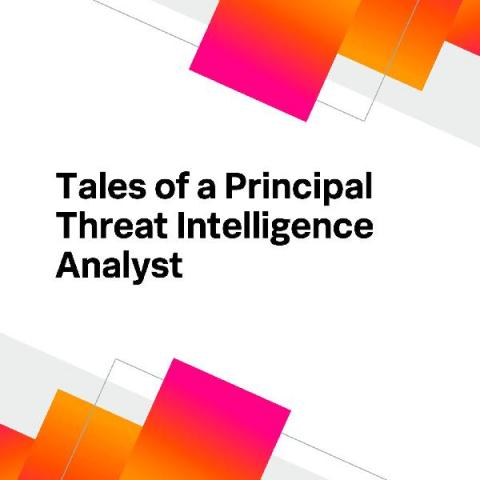What Is DevSecOps and How To Implement It
DevSecOps follows the same trend as Agile and DevOps: how can developers create software that’s better, faster, and less expensive? The DevSecOps motto — “software, safer, sooner” adds the missing piece to the latest approach to quicker product development. Security, previously an afterthought in the product development lifecycle, is now becoming an integral part of the process.











